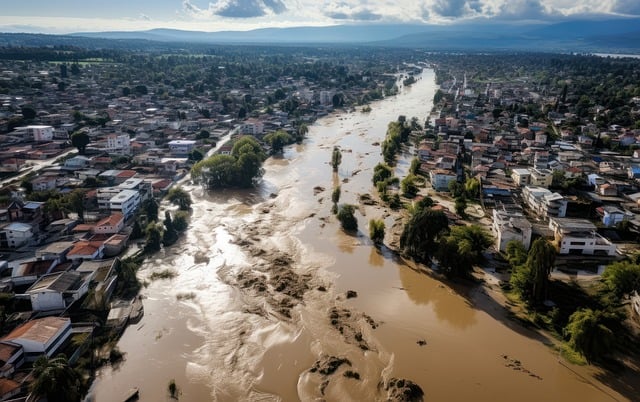Water Infrastructure Systems Across the U.S. Are Aging
These issues encompass a variety of challenges, from frequent water main breaks to aging water pipes, contributing to the country receiving a C grade in its latest infrastructure report card from the ASCE.
Published every four years, the report card evaluates the condition and performance of the nation’s infrastructure. Notably, the 2021 report marked the first time in two decades that the grade surpassed the D range.
According to Spectrum News, among those investments are new valves used to release water from the reservoir, which eventually reaches resident homes for showering, cooking and drinking.
Beyond the aging facilities, Klippel says climate change also plays a role, especially when debris washes into the reservoirs after the strong wildfires California has been experiencing in recent years.
“Then we have the storms that come through really washes incredible amounts, significant amounts of debris and sediment down. That sediment collects behind our dams… Over time, it’s taking up more and more of the storage capacity here [county dam]. So when it fills up with sediment, we have less capacity to capture that precious resource storm water here in LA County. So we have a major program right now to restore these reservoirs, clean the sediment out,” said Klippel.
He says the county is set to invest over $700 million in the next 10 years to maintain, repair and upgrade storm water capture facilities and prepare for future drought years.




